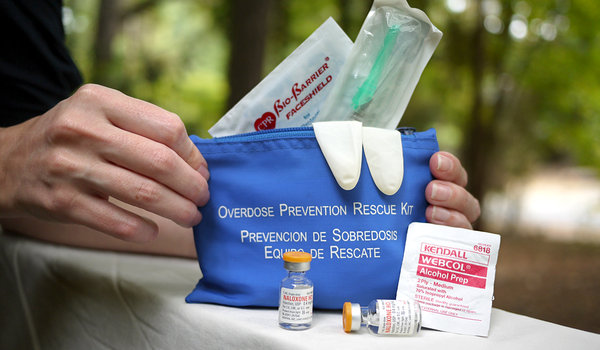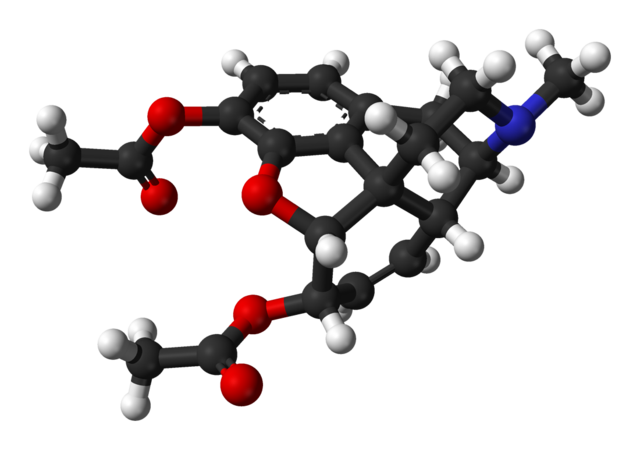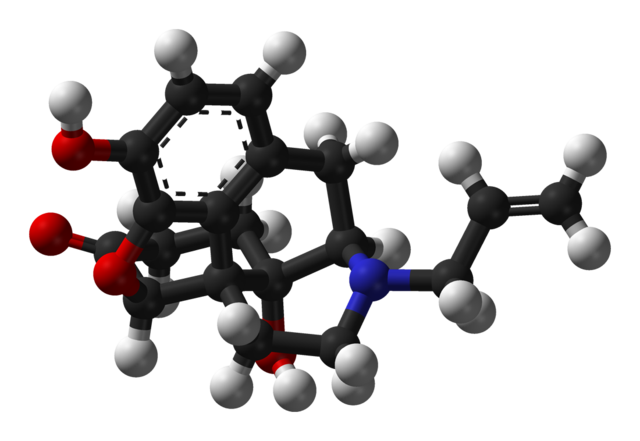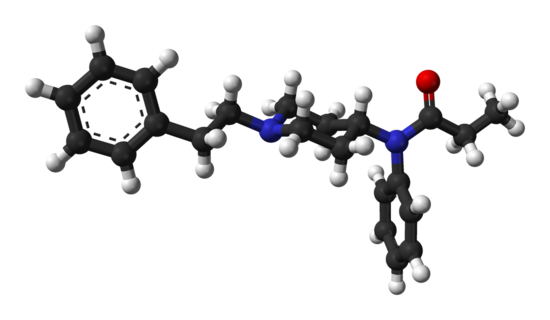- Dealers are manufacturing fentanyl in order to mix it with heroin.
- Widespread combining and selling of illicit fentanyl with street heroin.
- Combination produces profound euphoria and powerful addiction.
- Combination is significantly more lethal than either drug alone.
The Drug Enforcement Administration (DEA) has issued a nationwide alert in response to a surge in overdose deaths from heroin laced with fentanyl.
“Drug incidents and overdoses related to fentanyl are occurring at an alarming rate throughout the United States and represent a significant threat to public health and safety,” DEA Administrator Michele M. Leonhart said in a statement to the press. “Often laced in heroin, fentanyl and fentanyl analogues produced in illicit clandestine labs are up to 100 times more powerful than morphine and 30 to 50 times more powerful than heroin.”
One Clear Answer
The widespread availability and use of naloxone (often known as Narcan) kits, (See Figure 1.) and the operation of naloxone-kit distribution programs in high-risk areas, could significantly reduce the numbers of deaths and injuries. National Public Radio reported on the use of naloxone saving the life of a man who had overdosed on a combination of fentanyl and heroin

Read the MDalert.com article on naloxone kit distribution programs and the efficacy of naloxone kits here.
Widespread Reports
There have been a number of reports recently around the United States of deaths and injuries related to this new combination of opiates. The National Council on Alcoholism and Drug Dependence issued a national warning about this drug combination, as did the Drug Enforcement Agency. Media outlets such as USA Today and National Public Radio reported on the outbreak. USA Today reported a brief history of the surge in fentanyl-heroin injuries and fatalities.
There are reports on the internet that 74 people died of overdose in the Chicago area over a period of 3 days. All had ingested a fentanyl-heroin combination. (See Figures 2, 3, and 4.)



Figure 4. A 3-dimensional model of fentanyl.
Seizures of illegal drugs containing fentanyl more than tripled between 2013 and 2014, according to USA Today. The National Forensic Laboratory Information System, which collects data from police labs, received 3344 fentanyl submissions last year, up from 942 the previous year.
Between 2005 and 2007, more than 1,000 U.S. deaths were attributed to fentanyl, many of them in Chicago, Detroit and Philadelphia. The source of the drug was traced to a single lab in Mexico. The surge of deaths ended when the lab was identified and dismantled, the DEA said.
